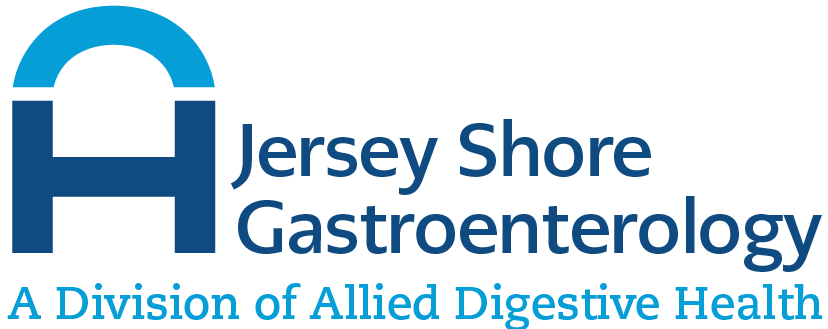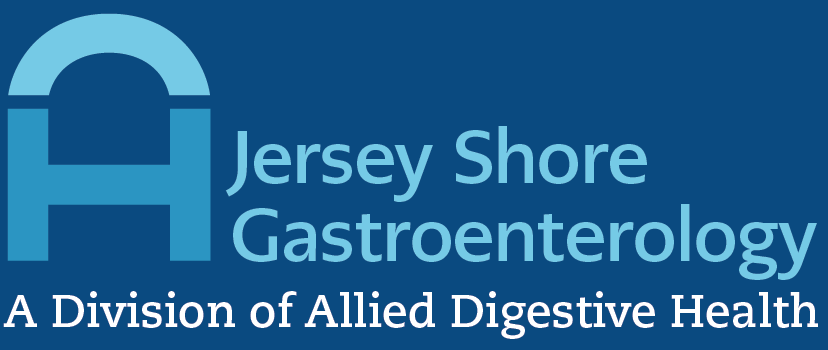What Are Esophageal Spasms?

Chest pain and dysphagia (difficulty in swallowing) account for a reasonable percentage of hospital consultations. In some patients, these occur due to a spasm of the esophagus, a muscular tube that moves food from the mouth to the stomach. Suppose this is new; here is what you must know about esophageal spasms.
What Is an Esophageal Spasm?
An esophageal spasm is an involuntary painful muscular contraction of the esophagus, a tube connecting the mouth and the stomach. Esophageal spasms are perceived as sudden severe chest pain lasting minutes to hours. The pain of esophageal spasms occurs at the center of the chest and behind the bone at the center of the chest (sternum). Because of the site, esophageal spasms can be confused with angina pain.
Types of Esophageal Spasms
Abnormal muscular contraction of the esophagus can occur in several ways. However, the resulting spasms can be broadly classified into two; nutcracker esophagus and diffuse esophageal spasms. Here is a brief description of the two:
Nutcracker Esophagus or Hypertensive Peristalsis
A nutcracker esophagus is a motility disorder of the esophagus that results in a hypercontractile state. In a normal state, muscles of the esophagus contract and relax rhythmically to allow the passage of food. In a nutcracker esophagus, these contractions are abnormally strong and cause painful swallowing. However, the condition does not cause food regurgitation as diffuse esophageal spasms.
It is diagnosed when the contractions are coordinated, but their amplitude is excessive. There is another variant of the nutcracker esophagus called hypercontractile or jackhammer esophagus. In this spasm, contractions are extreme with very high amplitudes and involve majority of the esophagus. In addition, they occur for a long time.
Diffuse Esophageal Spasms
Diffuse esophageal spasm is a motility disorder of the esophagus. It is characterized by rapidly occurring and uncoordinated contractions of normal amplitude, often accompanied by difficulty swallowing.
The diffuse esophageal spasm occurs in approximately 1 in 100,000 people. Although the exact cause is unknown, several theories are described in the following section. It is rarely seen in children; incidence increases with age and is more common in women.
Diffuse esophageal spasms occur due to defective propagation of peristaltic waves. In diffuse esophageal spasms, there are uncoordinated contractions of several esophageal segments. These contractions result in poor propagation of the food and drinks, leading to difficulty in swallowing and regurgitation.
What Are the Causes of Esophageal Spasms?
Although the exact cause of esophageal spasm is not well established, several theories explain the initiating event:
- Uncoordinated brain signals
- Primary motor nerve disorders
- Increased release of neurotransmitter acetylcholine due to unknown mechanism
- Gastroesophageal reflux disease: long-standing gastroesophageal can lead to spasms, especially when the esophagus is narrowing.
- High body mass index (BMI)
- Hyperglycemia
- Diet: Some dietary factors leading to esophageal spasms include drinking red wine and consuming cold or hot foods or drinks.
- Hyperlipidemia: high levels of total cholesterol are associated with a high risk of esophageal spasms.
- Anxiety and depression
- Treatment: some treatments such as surgery for the esophagus and radiation of the chest, neck, and head can lead to esophageal spasms.
Clinical Features of Esophageal Spasms
Some of the symptoms that suggest esophageal spasms are:
Chest Pain
The pain of esophageal spasms is felt at the center of the chest. It can also be felt in the back and is more severe than the pain of heart origin (angina). The pain of the esophageal sphincter can be confused with the pain of a heart attack since they both occur at the center of the chest.
Globus
Some people also have a sensation of something trapped in the chest. This feeling is called Globus and is linked with esophageal spasms.
Dysphagia
One of the commonest symptoms of the esophageal spasm is difficulty in swallowing. It is common in the nutcracker esophagus due to abnormally strong contractions. Difficulty in swallowing is found in around two-thirds of patients with esophageal spasms.
Regurgitation
Backflow of food into the mouth (regurgitation) is mostly seen in diffuse esophageal spasms. This is because uncoordinated contractions lead to poor propulsion of the food bolus.
How Are Esophageal Spasms Treated
The laboratory, imaging studies, and treatment of esophageal spasms are done in the outpatient department. The first management line is medical therapy with calcium channel blockers and nitrates.
Work Outs
Suppose you have an esophageal spasm; here are some of the investigations that your doctor may request:
- Barium Swallow to check the patency of the esophagus. It is also vital in the evaluation of a non-propulsive esophageal activity. In a barium swallow, a diffuse esophageal spasm appears as a corkscrew. On the other hand, the appearance of a nutcracker esophagus is non-specific.
- Esophageal manometry to study esophageal contraction
- Random blood to rule out concomitant diabetes mellitus
- CT scan of the chest: A CT scan will enable your doctor to rule out other causes of difficulty in swallowing, such as chest cancers.
- Ultrasound imaging
Treatment
There are several treatment modalities your doctor can employ. The initial treatment of choice is lifestyle modification and medical treatment. Suppose you don’t respond to medical therapy; your doctor will recommend surgery.
Medical Treatment
The use of phosphodiesterase inhibitors such as sildenafil can relax your esophagus, thus relieving pain. In addition, sildenafil will also relax the lower esophageal sphincter, alleviating difficulty in swallowing.
Your doctor can also administer botulinum toxins, which reduce acetylcholine secretion, resulting in temporary symptom relief. Some doctors can also use balloon dilatation.
Suppose your doctors suspect gastroesophageal reflux disease; they can also give you a proton pump inhibitor to reduce acid secretion from the stomach. Many experts recommend a trial of acid-lowering medication before trying other treatment options.
Monitoring
Upon initiation of therapy, your doctor will schedule a visit to monitor your response and any adverse drug reaction.
Surgical Intervention
In case of poor response to medical therapy, your doctor may refer you to a thoracic surgeon. Of note, surgical treatment is reserved for refractive cases. The procedure can be open or laparoscopic. The treatment modality can be a myotomy or esophagectomy (removal of part of the esophagus.
If you have any symptoms, you can schedule an appointment with us. We can also address any questions; contact us here.
Footer
Quick Links
Egg Harbor Township Office
609-645-18802500 English Creek Avenue
Building 900 - Suite 903
Egg Harbor Township, NJ 08234
Hammonton Office
609-926-3330219 North White Horse Pike
Suite 104
Hammonton, NJ 08037
Manahawkin Office
609-926-3330517 Route 72 West
Manahawkin, NJ 08050
Cape May Court House Office
609-465-0060425 Route 9 North
Cape May Court House, NJ 08210
Somers Point Office
609-926-3330408 Bethel Road, Suite E
Somers Point, NJ 08244
Vineland Office
856-839-21281133 E. Chestnut Avenue
Building 2, Suite A
Vineland, NJ 08360
© All Rights Reserved


